Material
Yellow crystal (citrine) beads, commonly known as citrine, belong to the quartz family and are composed of silicon dioxide with trace iron impurities that give them their vibrant yellow to golden-orange hues. Natural citrine is relatively rare, and many commercial citrine beads are heat-treated amethyst or smoky quartz. With a hardness of 7 on the Mohs scale, citrine is durable enough for jewelry while maintaining a glass-like luster when polished.
Properties
Citrine beads are prized for their transparency and warm, sunny colors, ranging from pale yellow to deep amber. They exhibit high clarity when well-cut and are resistant to scratches, making them ideal for daily wear. Unlike some gemstones, citrine does not fade easily but should still be protected from prolonged sun exposure to maintain its brilliance.
Symbolism & Meaning
Citrine is celebrated as the “erchant’s Stone” for its association with prosperity, success, and wealth attraction. In crystal healing, it is believed to stimulate creativity, boost confidence, and dispel negativity, promoting optimism and mental clarity. Feng Shui traditions use citrine beads in wealth corners or as personal talismans to enhance career opportunities and financial growth. Additionally, its warm energy is said to aid digestion and vitality, aligning with solar plexus chakra healing.
Uses & Care
Popular in bracelets, necklaces, and home decor, citrine beads combine aesthetic appeal with metaphysical benefits. To preserve their shine, clean them with mild soapy water and avoid harsh chemicals or ultrasonic cleaners

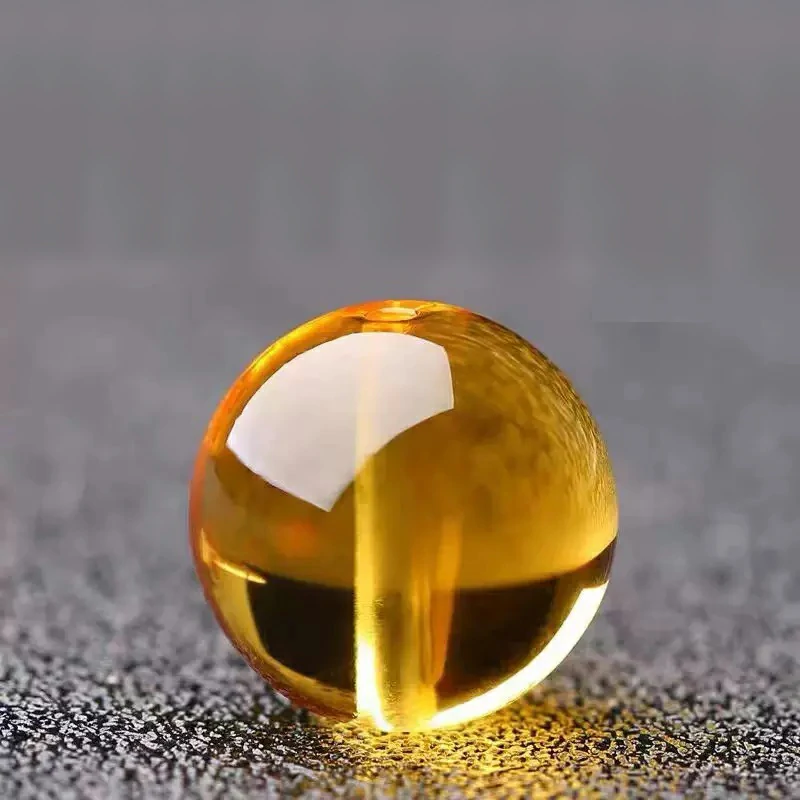
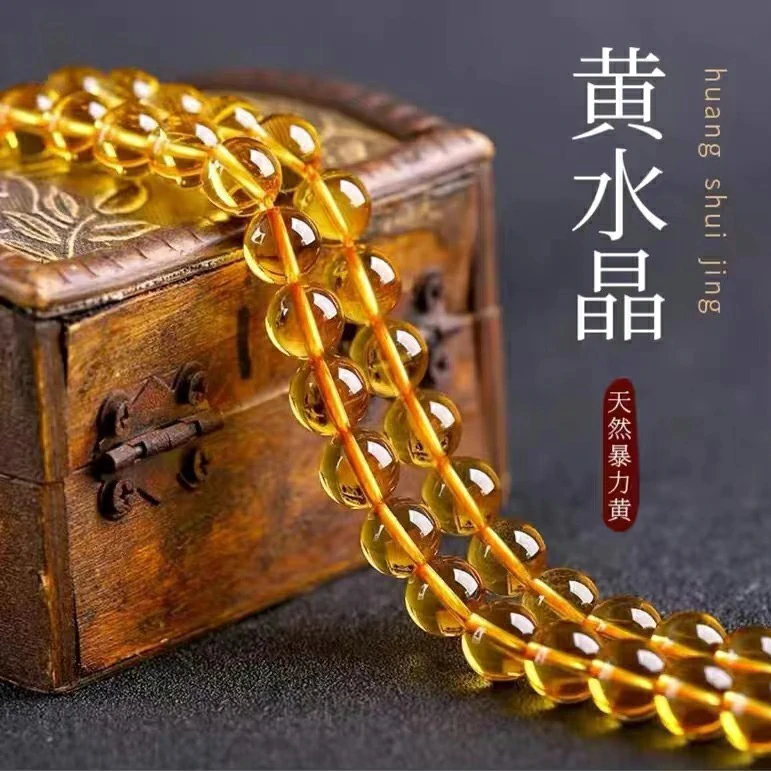
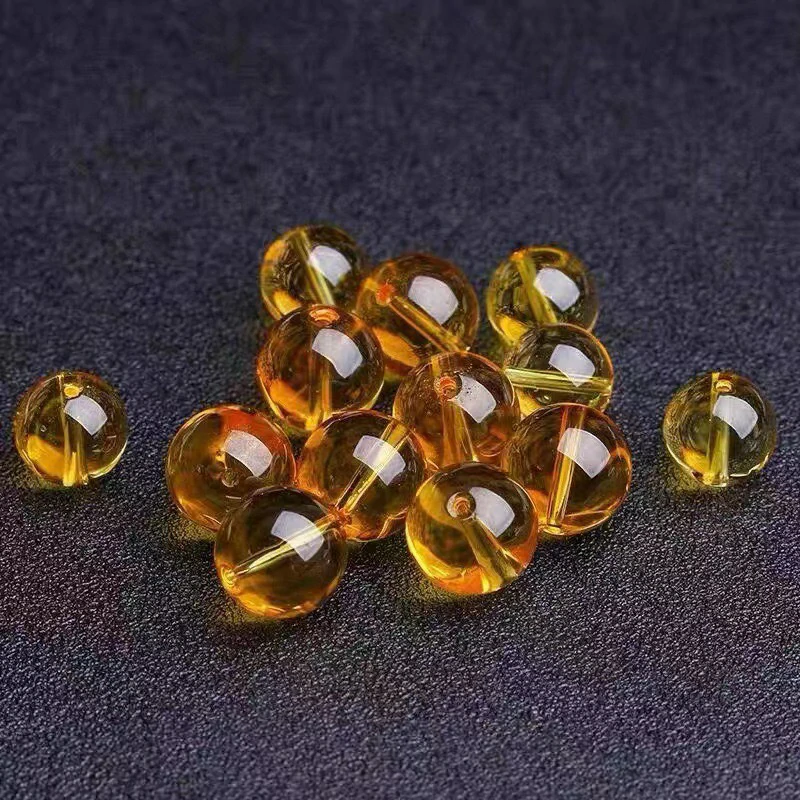
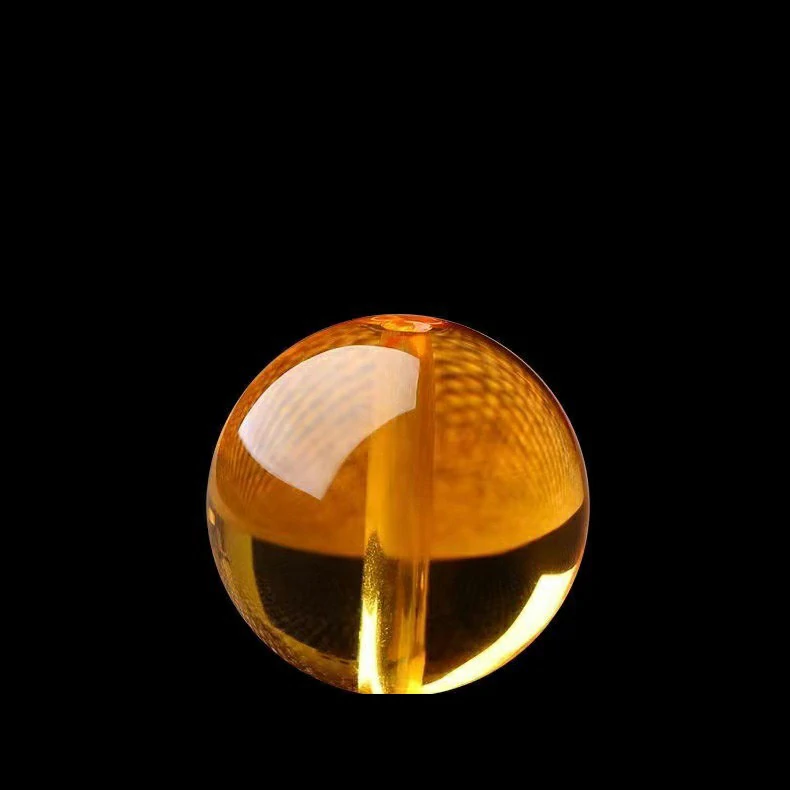


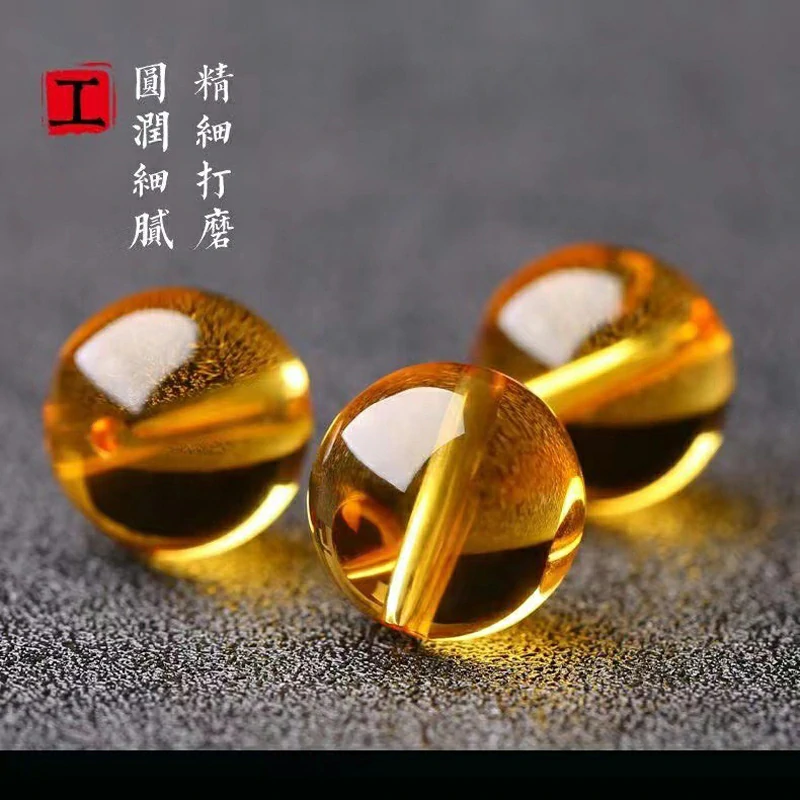
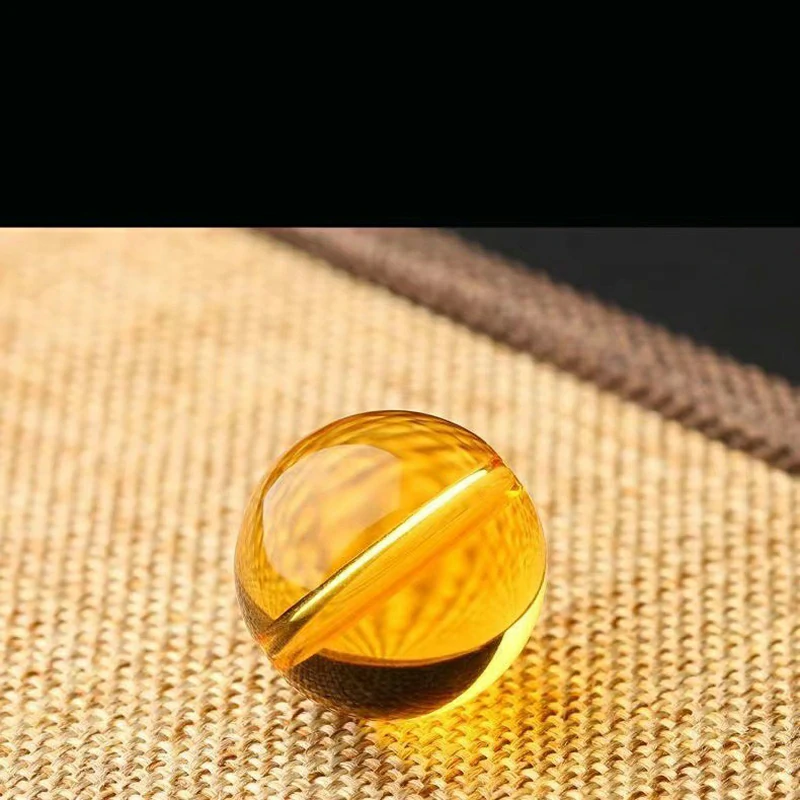
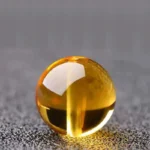
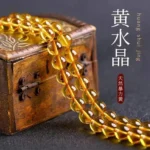
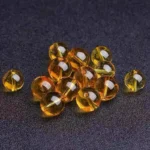
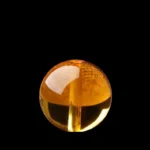
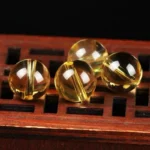
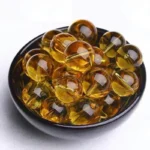
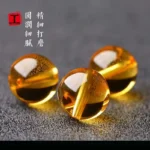
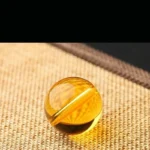





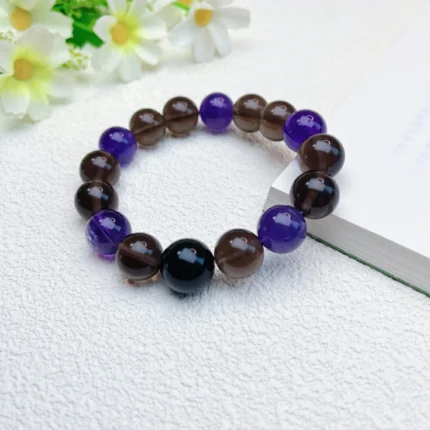
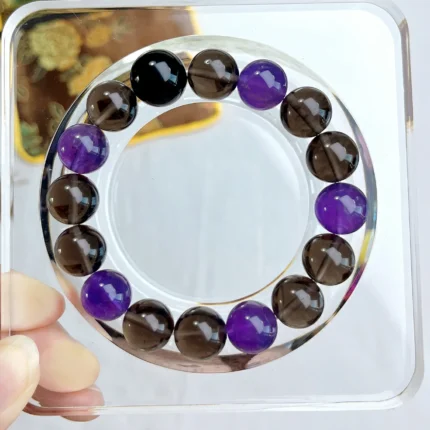
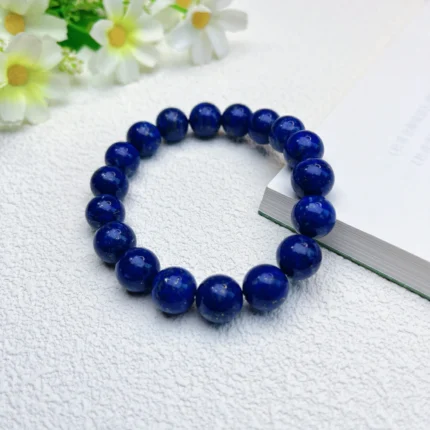


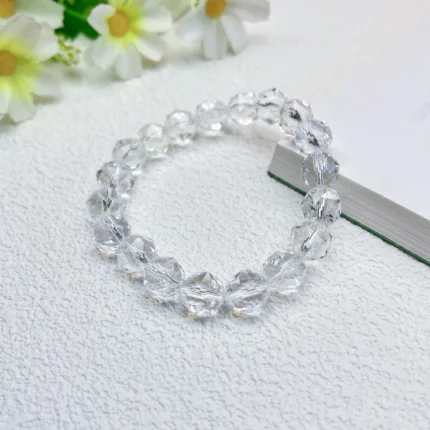
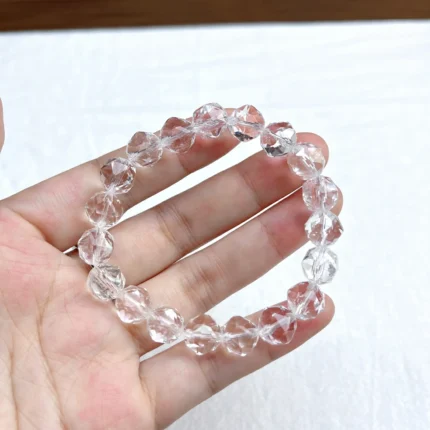
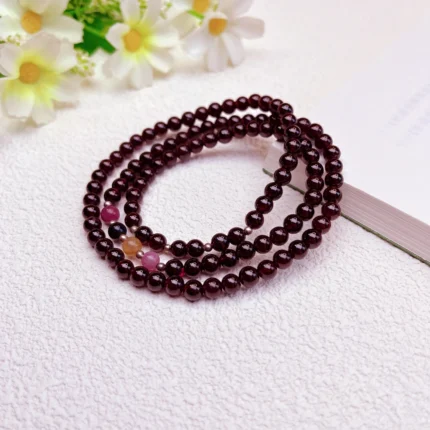

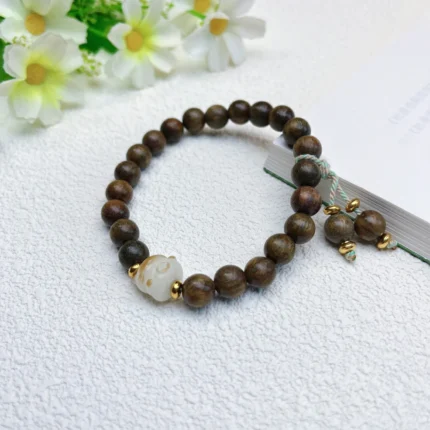
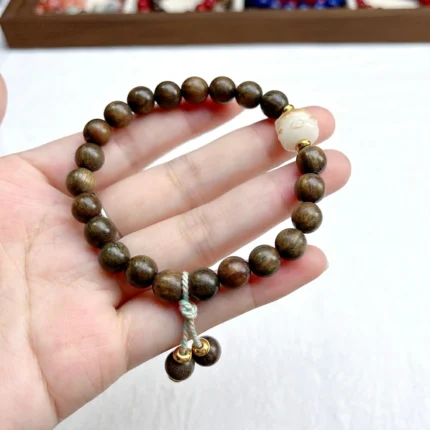
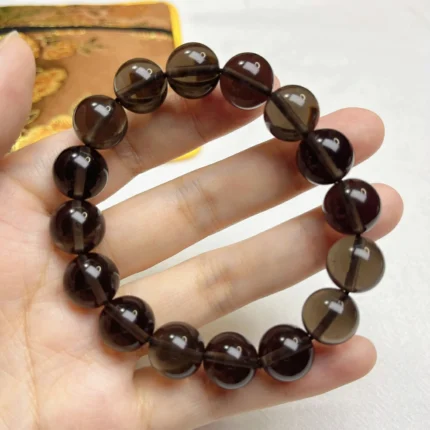
Reviews
There are no reviews yet.